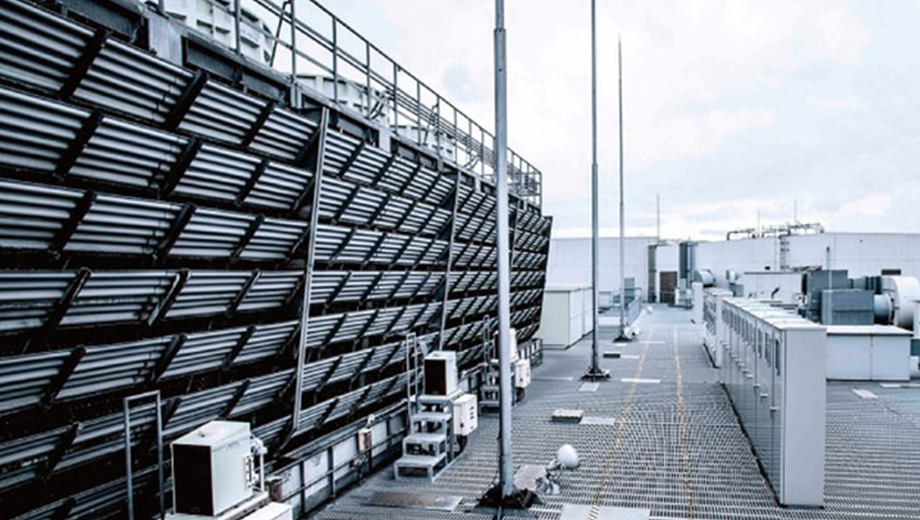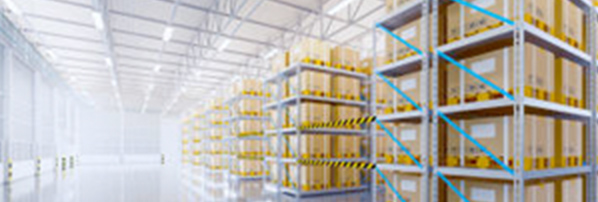Decarbonization and a Recycling-based Society
Preventing Global Warming
- Medium- to long-term targets
- Initiatives to prevent
global warming
(eco-friendly offices) - Initiatives to prevent
global warming
(eco-friendly vehicles) - Initiatives by AT Tokyo
Medium- to long-term targets
Setting a medium to long-term target for achieving carbon neutrality
The Paris Agreement went into effect in 2016 with agreement by 196 countries and regions throughout the world. In order to keep the global average temperature rise to less than 2°C, and to strive to limit it to 1.5°C, global greenhouse gas emissions must be reduced to zero by the second half of the 21st century.
In line with the Japanese government's Global Warming Prevention Plan, which was approved by the Cabinet in 2016, the SECOM Group had set a long-term goal of reducing greenhouse gas emissions by 80% by 2050. In May 2021, in order to accelerate our efforts, we formulated a new medium- to long-term greenhouse gas reduction target, aiming to achieve carbon neutrality by 2045, and a 45% reduction from a fiscal 2018 base year (Scope 1 and 2) by fiscal 2030.
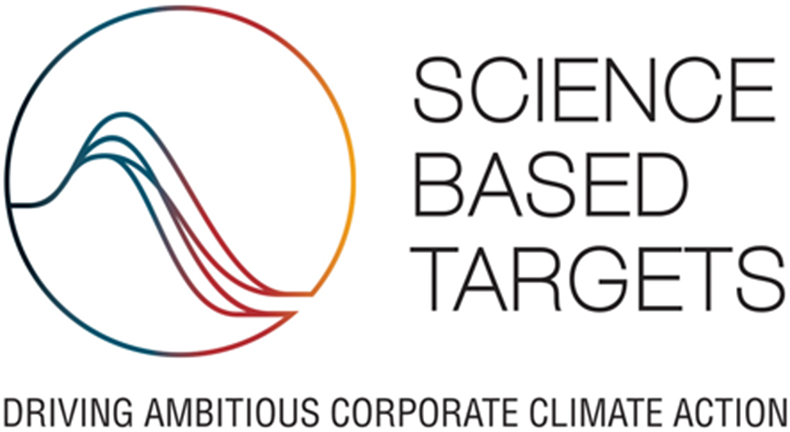
In July 2021, the SECOM Group announced its new greenhouse gas reduction targets, approved by the Science Based Targets initiative (SBTi) as consistent with levels required to meet the goals of the Paris Agreement.
SECOM Group's Greenhouse Gas Reduction Targets
Long-term targets
- Scope 1 and 2: Reduction of greenhouse gas emissions to zero by 2045
- Scope 3: Reduction of greenhouse gas emissions to zero by 2050
Medium-term targets
- Scope 1 and 2: 45% reduction in greenhouse gas emissions from the fiscal 2018 level, by fiscal 2030
- Scope 3: 40% reduction in greenhouse gas emissions from the fiscal 2018 level, by fiscal 2030
Initiatives to prevent global warming (eco-friendly offices)
Electricity used at offices accounts for approximately 70% of CO2 emissions at SECOM. In order to reduce the amount of electricity used, we engage in environmental protection initiatives from the tangible perspective of actively implementing optimal energy-saving equipment that balances ecology and economy, and from the intangible perspective of company-wide activities for saving electricity and conserving energy.
Using electricity from renewable energy
To reduce greenhouse gas emissions, the SECOM Group has taken environment protection measures such as adopting renewable energy, purchasing green energy certificates, and installing solar power generation modules in our facilities.
In order to further accelerate the use of renewable energy, we have joined RE100, a global initiative, with the objective of transitioning fully to electricity generated using renewable energy for our operations by 2045.

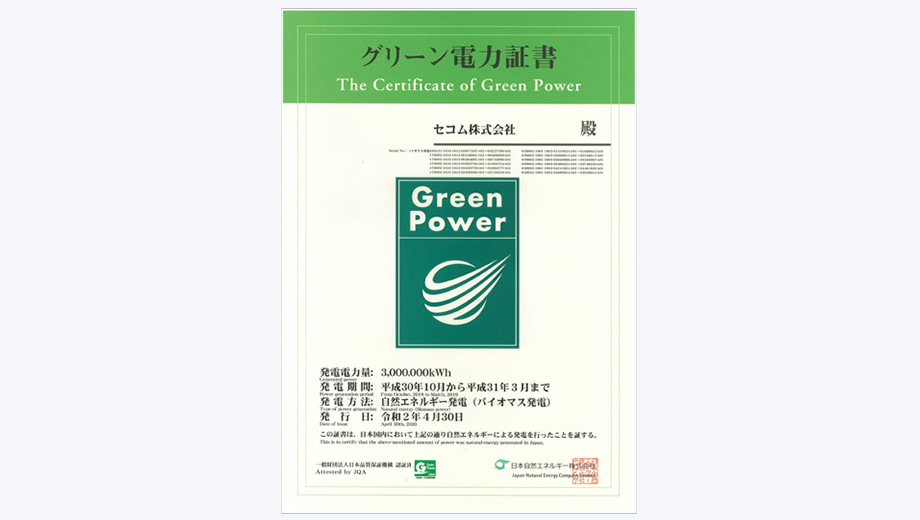
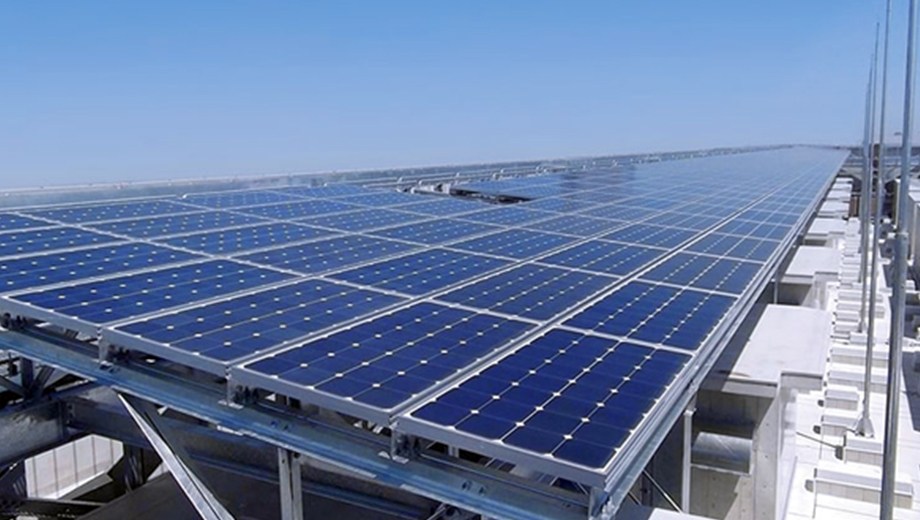
Principles of Renewable Energy Procurement
- Comply with international standards including RE100
- Contribute to increasing the ratio of renewable energy in society
- Utilize power sources that contribute to the local society
- Consider biodiversity and avoid development that involves deforestation
- Always give due consideration to the surrounding environment and landscape
- Reduce the environmental burden related to building materials and construction work
SECOM commences use of electricity generated using renewable power via virtual PPA
We recently concluded a virtual PPA with a major general trading company. A virtual PPA is a scheme between a renewable energy project owner and a buyer for selling the environmental value of renewable energy.
In March 2024, we became the first company in the security services industry in Japan* to use a virtual PPA to achieve the target of RE100, that is, 100% electricity generated using renewable energy with additionality.
Capitalizing on a newly built solar power generating facility, we will expand our stable use of renewable energy over the long term, as well as reduce our CO2 emissions and increase the renewable energy capacity of the grid.
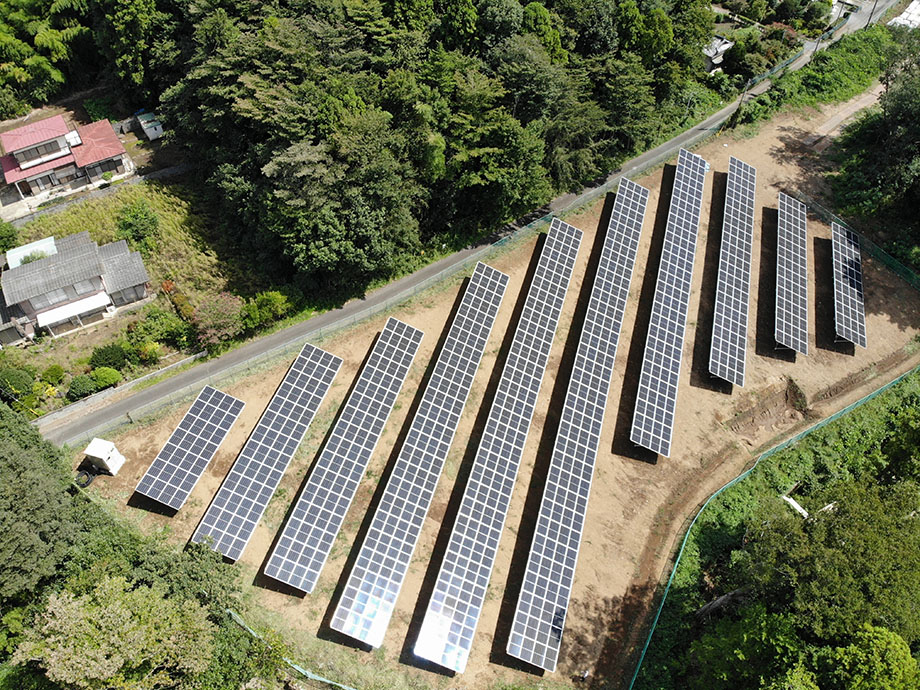
* Based on SECOM research
Acquisition of environmental certification
The SECOM HD Center Gotemba, a training facility for SECOM Group employees, obtained the "Nearly ZEB" certification in May 2023. This certification is granted to buildings that reduce annual primary energy consumption by 75% or more. Notably, this is the first "Nearly ZEB" certification in Japan for a large-scale building exceeding 10,000 m² with a usage similar to hotels. In addition to the installation of solar panels on the roof and the east side of the site, we plan to construct a heliport that can be used in the event of a disaster.
In December 2023, SECOM was registered as a "ZEB Leading Owner." The ZEB Leading Owner system registers building owners who are paving the way for the spread of ZEBs (Net Zero-Energy Buildings) as excellent business operators. We will promote ZEB-related initiatives and continue to further promote efforts to realize a decarbonized society.
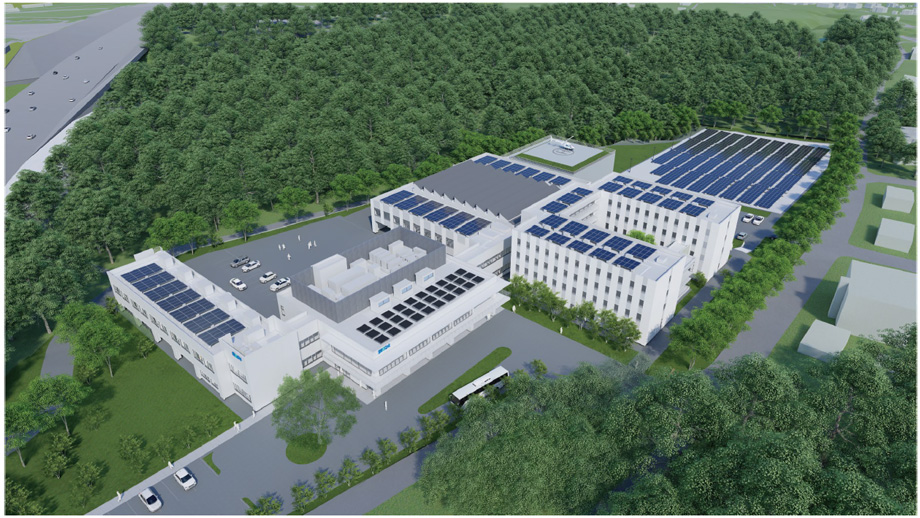

* A net Zero Energy Building (ZEB) is a building that achieves a reduction in energy consumption of 100% or more, i.e., net zero or negative net primary energy consumption, while maintaining a quality indoor environment. A Nearly ZEB building is, as its name indicates, almost ZEB, achieving a net reduction in energy consumption of 75% or more through energy saving (at least 50%) and energy creation.
Active adoption of energy-saving equipment
SECOM started using LED lighting even in the days when LED use was not as widespread as it is today. Technical departments at SECOM conducted independent tests for the energy-saving performance, electromagnetic wave noise, and safety performance of LEDs. Only LEDs which passed the test are used at SECOM. Replacing fluorescent lighting with LEDs reduces the amount of electricity used by an average of 60%. Furthermore, we have revised our policy of thinning the number of fluorescent lights, which we used to promote for the purpose of electricity saving, and as a consequence, the workplace environment was improved.
By changing air conditioning equipment to high-efficiency models, we have increased energy efficiency and reduced the amount of electricity used per unit by an average of 40%. Moreover, the new models enable detailed temperature settings and make it possible to maintain a comfortable working environment.
Throughout our entire company, SECOM has installed multifunction devices with four functions (copier, scanner, printer, FAX). In addition to saving office space, the change reduces the amount of electricity consumed during waiting and use by an average of 35% per device.
SECOM has replaced our desktop PCs with thin client terminals which perform batch management of data and memory at servers. In addition to strengthening information management, this change reduces the amount of electricity consumed by servers and terminals by approximately 60% per one machine.
Activities to save electricity and conserve energy
SECOM has constructed unique system for accurately ascertaining and visualizing the amount of energy used, which is the infrastructure for eco activities at our offices. Furthermore, we emphasize that each and every one of our employees behaves appropriately as a citizen of our planet and implement a variety of measures and awareness-raising activities.
Activities by Environmental Promotion Committees throughout Japan
SECOM has established Environmental Promotion Committees at locations throughout Japan. These committees conduct company-wide activities for saving electricity and conserving energy. Activities are based on the “Energy Conservation Activities Manual” which covers optimal energy usage at the buildings and facilities of large-scale offices and the “Guidelines for Saving Electricity and Conserving Energy” which covers air conditioning and lighting at small and mid-sized offices.
SECOM uses the systems for promoting environmental protection in order to ascertain monthly trends in the amount of energy used. These trends are compared to the previous month and the same month in the previous year in order to identify offices where use has increased or decreased significantly. For offices where there has been a significant increase or decrease, SECOM always confirms the cause and takes the required corrective measures.
Checks for saving electricity and conserving energy in summer and winter
Electricity usage increases in summer and winter. Prior to these seasons, under the management of the Environmental Promotion Chairman, all of our offices use check lists to see whether or not activities for saving electricity and conserving energy are always performed in accordance with the “Guidelines for Saving Electricity and Conserving Energy.” By performing inspection prior to the onset of harsh weather conditions, SECOM seeks a balance between saving electricity/conserving energy at our offices and achieving a comfortable/efficient working environment.
Initiatives to prevent global warming
(eco-friendly vehicles)
The SECOM Group operates approximately 9,000 vehicles for various uses such as emergency response, cash escort, technical/construction services, and sales activities. These vehicles account for approximately 30% of our total CO2 emissions. Therefore, we view the reduction of CO2 and other exhaust gases (NOx/PM) emitted from vehicle fuel as a materiality theme in our environmental protection activities. Accordingly, we are implementing a variety of initiatives.
Medium- to long-term target for vehicles
In 2021, we have set a new goal of transitioning all four-wheeled vehicles to electric vehicles (HEVs, PHEVs, BEVs, and FCEVs) by fiscal 2030. Furthermore, by 2045, we aim to replace all vehicles, including motorcycles, with BEVs, FCEVs, and other vehicles that do not emit greenhouse gases when they run. This new goal matches the timeline of our medium- to long-term targets for reduction of greenhouse gas emissions.
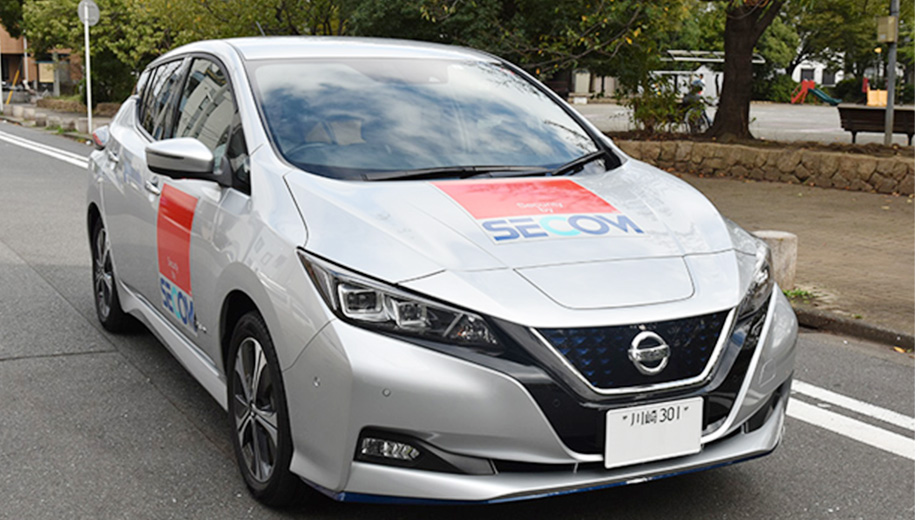
SECOM Group's Targets for vehicles
Long-term targets
- All vehicles (including motorcycles) to be BEVs and FCEVs by 2045
Medium-term targets
- All four-wheeled vehicles to be electric vehicles* (except for special vehicles that cannot be replaced by these vehicles) by FY2030
* Electric vehicles: HEVs (hybrid electric vehicles), PHEVs (plug-in hybrid electric vehicles), BEVs (battery electric vehicles), and FCEVs (fuel-cell/hydrogen electric vehicles)
Participation in KEIDANREN's “Challenge Zero”
In 2019, KEIDANREN (the Japan Business Federation) announced its Challenge Zero (Challenge Net Zero Carbon Innovation) initiative, with the core concept of solving problems through innovation. Given the increased intensity of natural disasters in recent years and the announcement of the IPCC 1.5℃ scenario, we believe that measures toward mitigating global warming must be strengthened further. Accordingly, we have declared our participation in KEIDANREN's Challenge Zero initiative and aim to completely eliminate greenhouse gas emissions related to our vehicles by 2045.

Expanding adoption of electric motorcycles
To achieve carbon neutrality, we are switching to the use of electric motorcycles mainly for the motorcycles used by security guards to go on-site. However, the greater adoption of electric motorcycles has been hampered by the issue of how long charging takes and concern about batteries running out of charge. We have closely considered these issues, as they could affect the quality of our security services.
To help address issues with electric motorcycles, we took part in a verification project conducted by Gachaco, Inc. to study the use of electric motorcycles with replaceable batteries. Through this kind of verification project and other experiments, we will repeatedly evaluate the effectiveness and efficiency of electric motorcycles to expand the adoption of them.
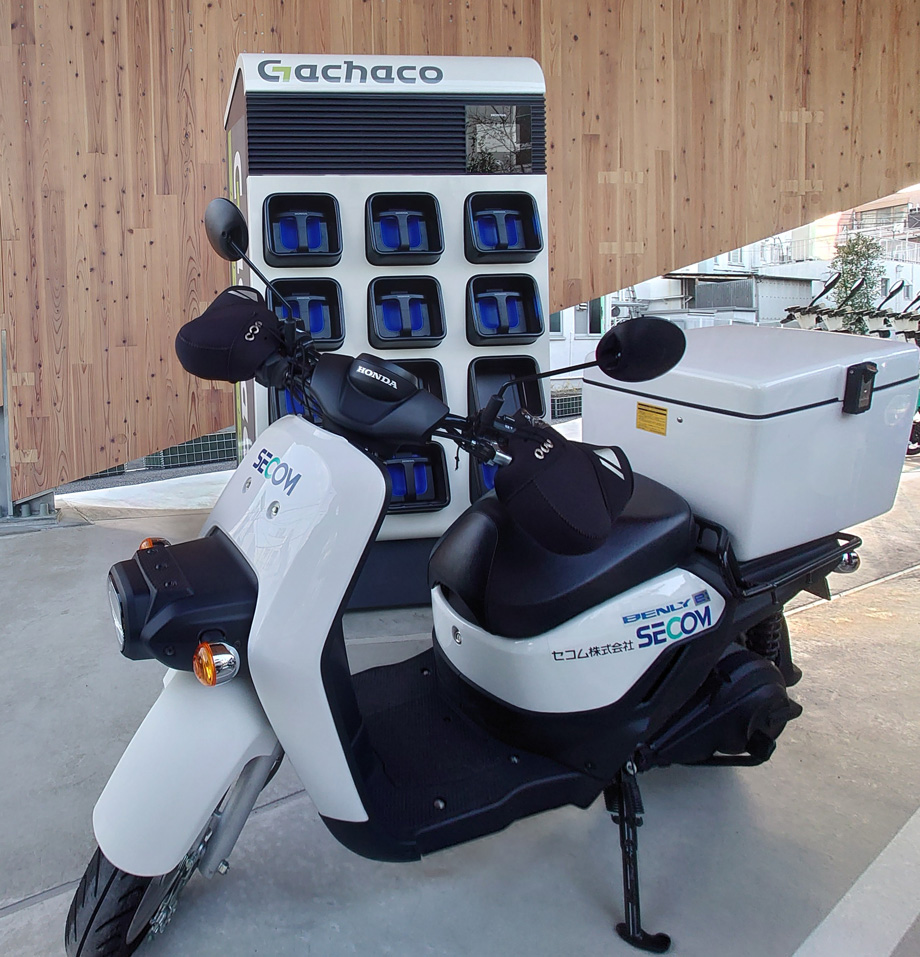
Promotional activities for safe driving
One issue of primary importance at SECOM is for employees to drive safely while conserving energy. Safe driving while conserving energy is important for maintaining the safety of customers, employees, their families, and our company, as well as for reducing the environmental impact.
We have contents on driving in our intranet, in order to raise awareness among employees by posting a variety of vehicle-related information such as basic manuals on safe driving, explanations of traffic laws, status on the implementation of fuel-efficient vehicles, and results of efforts to improve fuel efficiency at each office.
Thorough implementation of Eco Safe Driving
Through Eco Safe Driving which combines both energy-saving driving techniques and safe driving techniques, SECOM strives to provide customers with quick response and to prevent global warming.
SECOM uses a variety of initiatives to promote Eco Safe Driving. In addition to training and awareness-raising activities, we also distribute manuals and display posters. Furthermore, security driving trainers are dispatched to provide on-site instruction at all offices throughout Japan. Head office staff that specialize in driving instruction visit core offices and provide ride-along instruction. Drive recorders are installed in business vehicles, and the supervisor checks the data and provides guidance as needed. Moreover, group training is held in each region. Many trainees receive ride-along instruction from security driving trainers, managers, and head office staff that specialize in driving instruction.
Driving techniques for ecology and safety are explained one-by-one, and in-depth instruction is repeatedly provided until the trainee sufficiently understands the concept of Eco Safe Driving. This has produced results in terms of both safety and energy conservation.
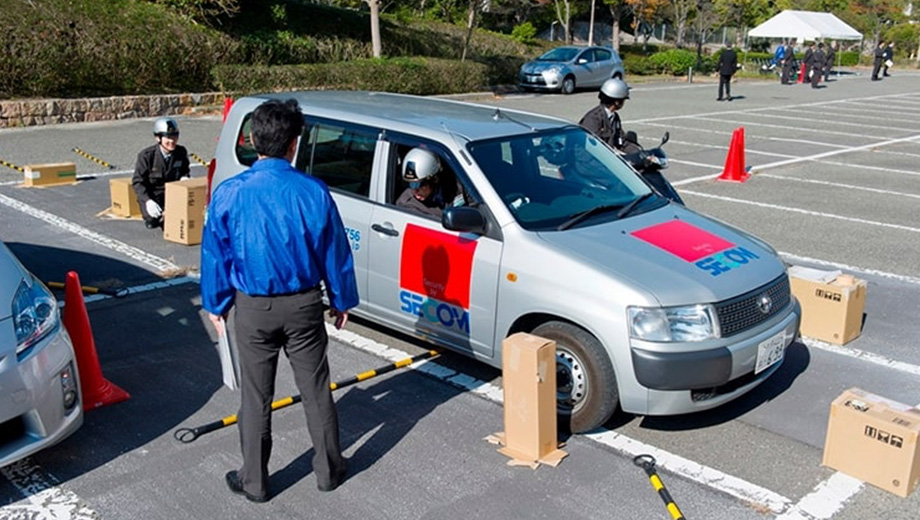
Promotional activities for Eco Safe Driving
In order to spread and promote eco driving, the Ministry of Land, Infrastructure, Transport and Tourism, Ministry of Economy, Trade and Industry, National Police Agency and Ministry of the Environment cooperate to designate November Eco-Drive Promotion Month. In conjunction with this, SECOM holds promotional activities for Eco Safe Driving for our offices throughout Japan.
All employees who drive during work are participants in the contest. They implement the “Seven Items for Eco Safe Driving” and compete for the best rate of fuel-mileage improvement through careful, safe, and environmentally-friendly driving, both in office section and vehicle section. Another purpose of Eco Safe Driving promotion is to provide an opportunity for considering how to reduce CO2 emissions, the cause of global warming, while driving during work.
Initiatives by AT Tokyo
Introducing a green power optional service
Data center services company AT Tokyo Corporation promotes a variety of active measures to help address global warming. In October 2022, the company introduced a green power optional service, which provides the environmental value originating from using renewable energy sources to power its data centers to its customers. AT Tokyo continues to accelerate its efforts to advance decarbonization in the years ahead.
Reuse of discharged cooling water
The air conditioners in the data centers of AT Tokyo Corporation use water cooling. The heat generated in server rooms is dissipated through the partial evaporation of cooling water in a cooling tower. Because the concentration of substances contained in the cooling water increases due to evaporation, the concentration is adjusted by removing some of the water and adding new water. AT TOKYO is working to reduce water consumption by reusing the cooling water that would normally be discarded (blow water) by passing it through an advanced filtration device. As a result, AT TOKYO has been able to reuse an average of 29% of the blow water produced each year.
